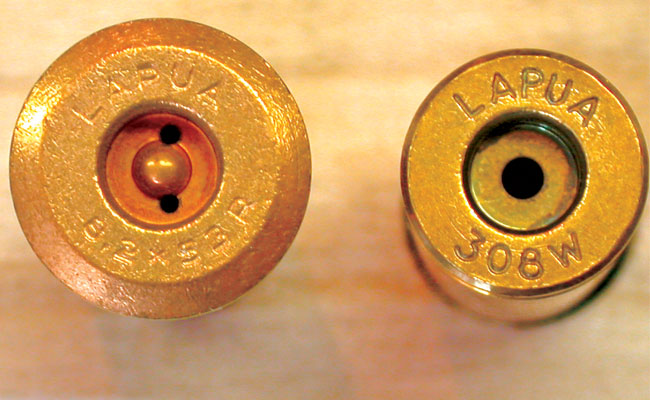Things about Remington Primers
Wiki Article
All about Remington Primers
Table of ContentsThe Basic Principles Of Reloading Primers The Best Strategy To Use For Cci PrimersThe Definitive Guide for Pistol PrimersPrimers In Stock Fundamentals ExplainedThe 2-Minute Rule for Cci Primers
Element of the gun cartridge for initiating propellant burning In guns and artillery, the primer () is the chemical and/or gadget in charge of launching the propellant burning that will press the projectiles out of the gun barrel. In very early black powder guns such as muzzleloaders, the guide was essentially the same chemical as the primary propellant (albeit typically in a finer-powdered kind), yet poured into an external flash frying pan, where it might be fired up by an ignition source such as a slow-moving match or a flintlock Some muzzleloaders have guides like cap gun caps.
In weapons the primers are regularly a separate component, put inside the barrel to the rear of the main propellant chargebut there are various other examples of weapons, including for example some automatic weapons, created to shoot cartridges with essential electrical primers.
Examine This Report on Primers In Stock

This opening was loaded with finely ground powder, which was after that stired up with a warm ash or lantern. With the arrival of hand-held weapons, this came to be an unfavorable method of shooting a gun. Holding a burning stick while trying to put a fee of black powder very carefully down a barrel threatens, as well as trying to hold the gun with one hand while all at once focusing on the target and looking for the touchhole makes it extremely challenging to fire precisely. [] The initial effort to make the process of firing a little arm easier was the "matchlock".
, and also dried out. After the weapon was loaded as well as the touchhole topped with powder, the burning suggestion of the suit was placed so that the lock would certainly bring it into contact with the touchhole.
How Primers In Stock can Save You Time, Stress, and Money.
This brought the suit down to the touchhole, sparking the powder - https://anotepad.com/notes/5rtqxstk. With mindful focus, the slow-burning suit can be kept burning for long periods of time, as well as the usage of the lock device made rather exact fire possible. The following revolution in ignition innovation was the "wheel-lock".

The protected flashpan also supplied some capacity to stand up to bad weather condition. The wheel-lock taken pleasure in only a quick period of popularity before being superseded by an easier, much more robust layout.
The 3-Minute Rule for Rifle Primers
The flint was held in a spring-loaded arm, called the "dick" from the resemblance of its movement to a pecking hen. The penis revolved via around a 90-degree arc as well as was held in the tensioned, or "cocked" position by a trigger.The "half-cock" placement held the cock halfway back, and used a deep notch to make sure that shooting would not release the cock. Half-cock was a safety and security position, used when filling, storing or lugging a packed flintlock. The "full-cock" placement held the penis right back and was the setting from which the weapon was fired.
It offered as both a flashpan cover and a steel striking surface area for the flint. The frizzen was hinged and spring-loaded to ensure that it would certainly lock in the open or shut position. When shut, the striking surface was positioned to make sure that the flint would strike at the appropriate angle to generate a spark.
Some Of Rifle Primers
The flintlock mechanism was easier and also stronger than the wheel-lock, as well as the flint as well as steel offered a good, reliable source of ignition. The flintlock stayed in army service for over 200 years, as well as flintlocks are still made today for historical re-enactments and also muzzle-loading target competitors, as well as for seekers that appreciate the added obstacle that the flintlock offers.By the center of the 19th century, the percussion or caplock system was well established., as it was simpler and also much more reputable than the flintlock.
The flashpan as well as frizzen were eliminated and also changed by a tiny, hollow straight cylinder (drum) screwed into the bored-out and tapped flash hole and carrying a "nipple" over which the cap could be fitted. A "hammer" which additionally had half-cock (for packing as well as using the cap) as well as full-cock settings changed the dick.
Report this wiki page